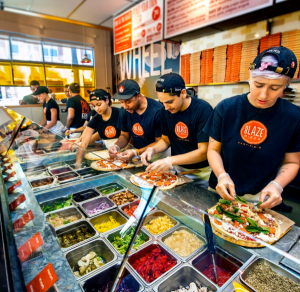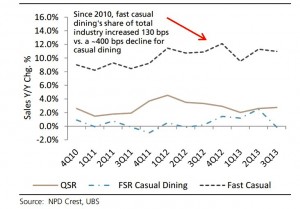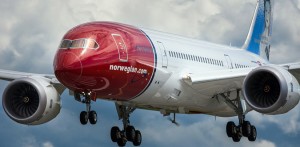Trek Bicycle Corporation is a major multinational bicycle manufacture based in Waterloo, Wisconsin. Up until recently, different divisions used varying software programs and communication styles to perform its project management. This lead to constant delays in getting new products to market as well as missed sales due to stocking out at key times. When Kris Lamp took on the newly created position of program manager, she initiated a search for a unified project management software suite. There was a clear organizational need for a product that would allow for seamless communication amongst divisions around the globe.
The company chose AtTask (which in early 2015 rebranded as Workfront) as their Enterprise PMIS solution. Under Lamp’s guidance, the implementation was kept simple. They opted for a software-as-a-service (SaaS) model, which transferred the support risks onto the vendor. Also, the company opted for minimal customization to the PMIS and chose to implement the rollout to one group at a time. This slow start allowed for the project team to work out any issues as they came up and before larger scale implementations. This mitigated the risk of project failure by starting simple and allowing time in the schedule for early rework.
Trek and the PMIS project management team heavily relied on management buy-in to help with employee adoption of the new system. Because the PMIS was eventually rolled out company-wide in many different countries, the project management team utilized local managers to encourage and/or mandate employees to adopt the new PMIS. In return, the PMIS project team kept manager notified of changes far in advance and conveyed why and how the changes would happen. The overall consensus from employees was that the PMIS not only helped with daily work, but also helped them feel more connected with the company’s work.
The PMIS implementation was almost immediately considered a success. End-user buy-in was high and due to their slow but steady implementation, they were able to begin to introduce customization. On-time delivery rates improved 20 percent, which directly benefited the bottom line. A few years after implementation, 800 projects were being managed using the PMIS. These projects were being managed much more smoothly than far fewer projects the company had prior to the implementation.
Lamp credits the PMIS’s implementation success to decisions made early on by the project team. Choosing a vendor that had an off-the-shelf product that fit most of their needs and was able to provide support alleviated much of the early risk of failure. By using a slow and careful implementation, group by group, change requests were minimal and easy to handle. Most importantly, the team was sure to provide ample advanced communication to managers about the software. This allowed managers to educate employees on why the change was happening and why it was so important to the company. Overall, the PMIS took Trek’s project management from an ineffective and redundant process that frequently went over schedule and budget, to a transparent and seamless linking of divisions.
Does your company utilize a PM software suite? If so, which product do they use and what is your opinion of it?
Overby, S. (2014) Trek Bicycle Rides Project Management Tool to Efficiency. CIO Magazine, retrieved 7/23/15 from http://www.cio.com/article/2377427/project-management/trek-bicycle-rides-project-management-tool-to-efficiency.html.





